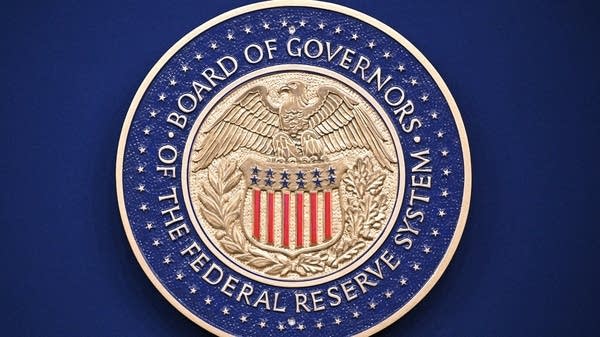Federal workforce cuts threaten child care centers for government families
The Trump administration's downsizing plans create ripple effects beyond job losses, putting essential services like daycare on federal properties at risk.

A typical morning in Taylor’s house includes getting breakfast for his toddler before rushing to his federal job. But first, there’s drop off at daycare.
Taylor lives and works in the Southeast, but we’re not using his real name or exact location because he is a federal worker. He’s still employed, and he fears retaliation.
Taylor’s kid is enrolled at a child care center on federal property, where he also volunteers as a board member. “We are struggling to plan for what the future looks like because it's hard to predict what our enrollment will be,” he said.
It’s hard to predict because so many federal employees have lost their jobs.
In just the first quarter of this year, an estimated 10% of the federal workforce was on the chopping block, thanks to the Trump administration’s hiring freezes, buyouts and making it easier to fire employees. In Washington, D.C. alone, federal claims for unemployment benefits went up by 100% last month, compared to the same period last year.
And now some of the ripple effects from those cuts are becoming clear, including the risk to child care facilities that cater to federal employees and their families.
Taylor pays about $1,700 per month for care, which is 15% less than the going rate in his area. Child care at his center can be affordable since the provider doesn’t pay rent.
That’s because of a statute with the federal government. The child care center needs to enroll at least 50% of families with one parent with a federal job. And with federal cuts, the ratio is narrowing for Taylor’s center.
"If there are widespread cuts to federal employment that cause employees to no longer be federal, we would have the risk of falling below that 50% cut off,” Taylor said. “If we start to have losses that result in not enough individuals to justify the staff we have on hand, would that require cuts to staff?”
This isn't theoretical. During the COVID-19 pandemic, several facilities in Montgomery County, Maryland, which has one of the largest concentrations of federal child care centers, fell below the threshold. Some child care centers had to close, even though the federal government offered leniency with the 50% requirement as workers trickled back to the office.
Alicia Cross, co-chair of the Organization of Child Care Directors, represents over 50 centers in southern Maryland that’s dense with federal workers.
"We have lost some. And what happens is if we have one family who is a federal employee or one parent who's a federal employee and another one who's not, when that parent loses their job," Cross said, “[they] might also lose their child’s space [in daycare].”
She said sometimes laid off federal workers can lose access to daycare the same day they lose their job, since the facilities are on federal property.
So, child care centers are hoping for some leniency.
"We have been asking what that would look like. And that has been a very difficult question to answer,” Taylor said.
A spokesperson from the General Services Administration tells Marketplace that the GSA will continue to provide oversight, and “falling below the 50% figure does not necessarily or automatically result in center closure.”
“Quality child care programs continue to be important and child care providers are expected to deliver high-quality early care and education programs consistent with applicable laws and statutes, state quality rating standards, best-practices, and industry standards,” the spokesperson added.
Still, these child care centers are looking at ways to replace federal support with alternative funding sources, including county, state, and even dedicated local taxes in the D.C. area, to reduce dependence on parent tuition, and create more stability for their children and teachers.
“A key lesson from the pandemic was the importance of centers having reserves," noted Cross, emphasizing the need of more, flexible teaching staff and revenue to provide reliable salaries.
But for now, the spillover effects from federal layoffs are “enormous” according to Elise Gould, senior economist at the Economic Policy Institute. Because federal families can pay a lower than usual rate for child care at these facilities, when they lose their jobs, not only do they have to scramble for work, but also quality, affordable care for their kids.
"Many of these federal workers and federal contractors live paycheck to paycheck," Gould said. “We don't know what those federal workers are going to do with their kids. Obviously, they're going to be looking for other jobs. If they get another job, they're going to still need to have care for their kids or even when they're doing job searches, they're going to need to have care for their kids.”













